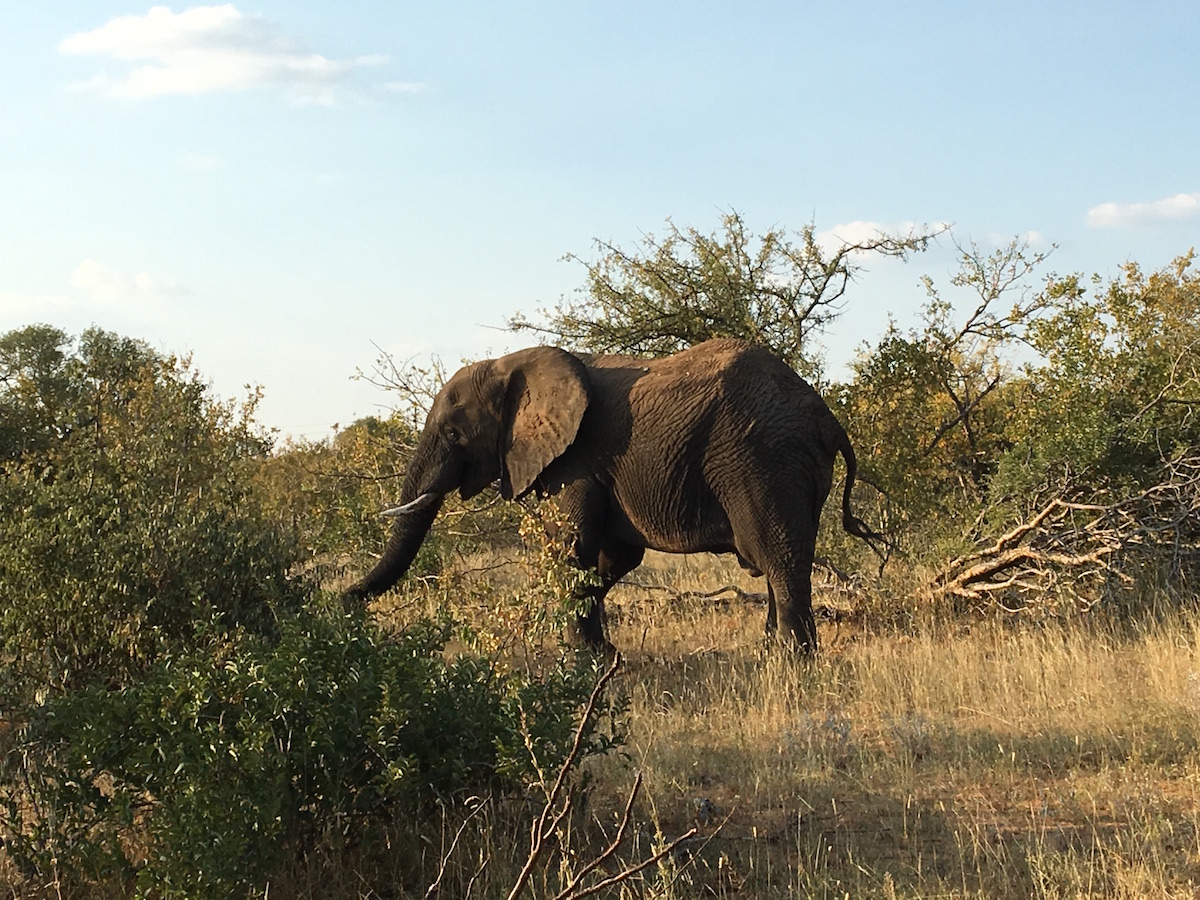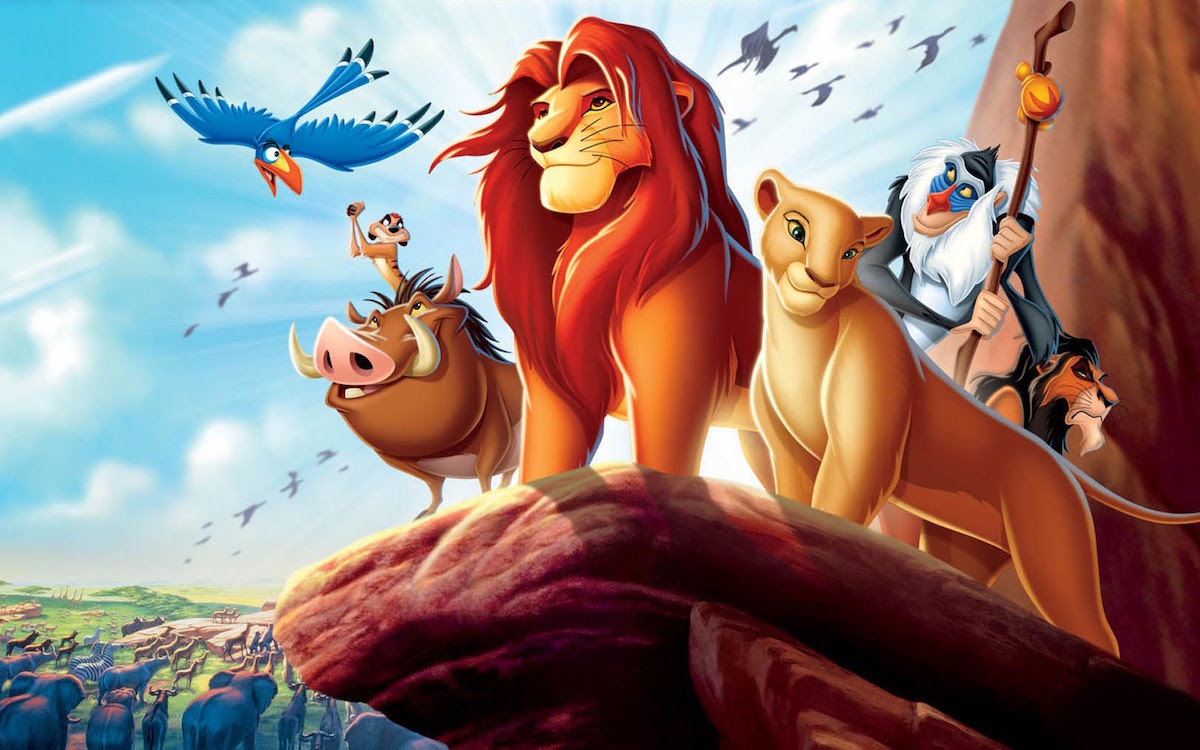As you may know, if you follow my other blog, I was recently traveling in South Africa. One of the best parts of my trip was getting to go on a four day safari in Kruger National Park.
Being in the Kruger is an incredible experience, one of the most amazing nature experiences I’ve ever had. But it would not be anywhere near as awesome if it wasn’t for the skilled and dedicated safari guides that accompanied us on our trip.
We had about five safari guides during our visit, all of whom brought a slightly different character, emphasis, and knowledge base to their guiding. Our favorite thought was Eva, a young French woman who led us on an excellent four hour game drive.
While being in the Kruger with Eva, I realized that as science communicators we have a lot we can learn from safari guides.
1. Have a Plan
Eva had a pre-set route she was going to take us on for our safari, and prepared us for what we were going to experience. She gave us safety guidelines for being in the Range Rover with her, and made us aware of possible dangers and risks. Eva made clear that going on a safari was not like going to the zoo — these are freely roaming animals and there are no guarantees that we will see anything. She encouraged us to ask as many questions as we wanted, which she would do her best to answer.
Going on a safari is a new experience for most people, some of whom might be nervous about it. By creating a clear expectation of what we were going to be doing, it helped allay any concerns we might have, and let us know she knew what she was doing.
As science communicators, we have a similar responsibility to set out a clear plan from the start for our learners. While you may know what you are talking about, your audience doesn’t know that you know.
2. Be Ready for Opportunities and Surprises
While Eva had a plan, she also knew when to deviate from it when opportunities arose.
About 45 minutes into our drive, Eva spotted a bull elephant drinking from a river. She stopped the vehicle and asked us if we wanted to get out and try and get a closer look. She gave us clear instructions on what we were to do and not do to not startle or worse anger the elephant.
“Normally I would not do this without having a gun,” Eva explained. “But since he seems quite calm at the moment and we are quite far, I think we can slowly approach and see how he reacts.”
We quietly got out of the Range Rover and carefully made our way to the river bank. From there we could see the large bull on the other side of the river. One of the visitors asked if he could get closer to take a photo.
“He knows that we are here,” Eva cautioned. “And he is trying to decide how he feels about it.”
We took some pictures from a distance, and then made our way back to the vehicle.
Being ready for opportunities to engage your learner is the mark of an experienced science educator. It might be a bit of specialized knowledge that one of your learners has. Or it might be a bit of news that just occurred that is applicable to your subject.
3. Bring Yourself to the Experience
Eva was happy to share her story of why she got into safari guiding. As a young French girl, she remembers watching the movie “The Lion King” and being struck by all the animals in the jungle. Her parents, recognizing her interest, took her on a couple of safari trips to Africa, where she encountered safari guides. “I knew that was what I was going to be,” Eva shared.
Now as a young adult, she was living her dream. “I love it. It’s a different experience every time. And I am always learning, every day in the bush. I also learn a lot from the guests.”
Being authentically yourself while communicating science can help make the subject come alive for your learners. The best science communicators I know have a deep passion for what they teach that is evident when they talk about it.
4. Invite Inquiry
Eva stopped the Range Rover abruptly. We looked around and didn’t see any animals nearby.
“Look down,” she said. “What do you see?”
We examined the ground. There were foot prints crossing the dirt road.
“What kind of animal do you think made those?” she asked us.
She had us guess a few times, and then helped us identify it as a baboon that had passed recently.
At several other occasions, Eva would ask us questions instead of just giving us information. “Why do you think the Lilac Breasted Roller is called that?” “What came first, the tree or the termite nest?”
By allowing visitors to use their own intuition and knowledge, Eva helped connect our discoveries to things we already knew. That’s a good tip for any science educator.
5. Share Local Knowledge
Eva and the other safari guides also shared with us local knowledge and traditions associated with the flora and fauna around them.
- “If you don’t know if you can eat something, see if a baboon will eat it. Anything that a baboon can digest, we can eat also.”
- “If someone has trouble breathing, they will make a tea from these leaves, and they can breath easier.”
- “These berries are good to eat if you are feeling sick to your stomach.”
- “If someone gives you this branch, it means that they want to make a business deal with you.”
These kinds of local stories and folklore helped make the bush come alive for us visitors. We could imagine a different era when people relied more on the local environment for things that we take for granted.
As a science communicator, your local knowledge does not have to so dramatic. It can simply be why a particular area is beloved by locals, or something historic that happened there. By connecting science knowledge with stories of real humans, you make the experience that much richer and more memorable.
In sum, I learned that the best safari guides are excellent educators, able to reveal fascinating and memorable facts about nature for their audiences. I have newfound respect for this sometimes thankless and often poorly compensated job.
It definitely helps to have as your backdrop something as astoundingly beautiful and full of charismatic animals as the Kruger. But I feel like there’s a lot that could apply to all science communications, whether it’s conducting a museum tour, presenting a planetarium show, running a 6th grade environmental science class, or designing an online course.
BONUS: Here’s an interesting write up about what it takes to become a trained safari guide. You can also read up on all of the many qualifications and levels involved in becoming a certified field guide in South Africa. And more pics from our awesome safari adventure here.




